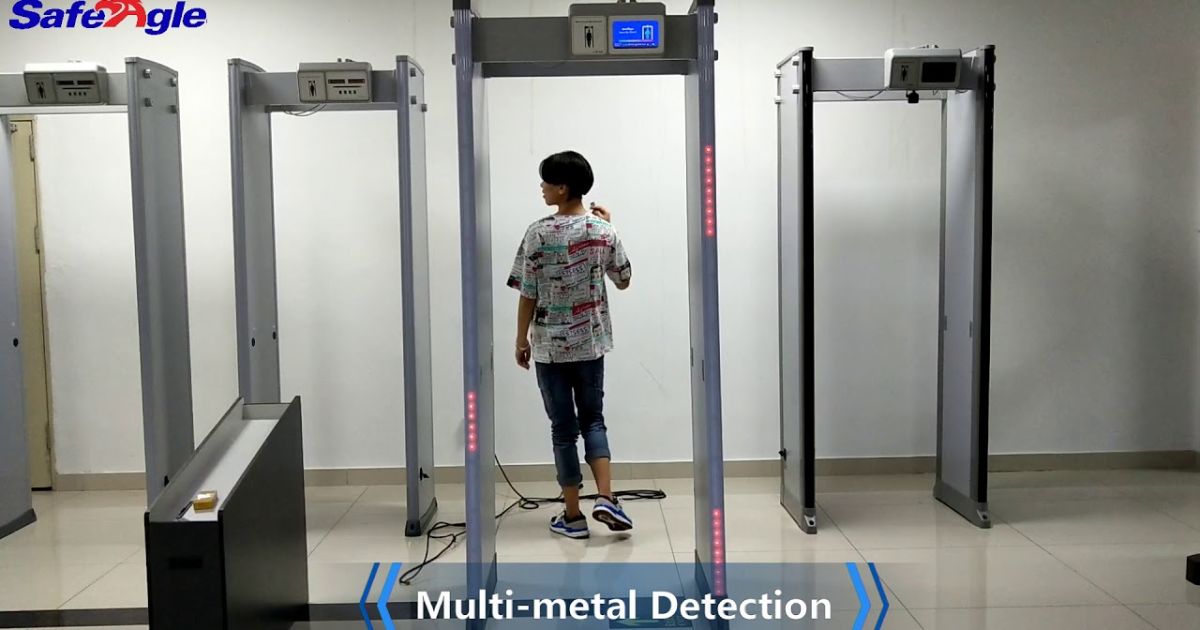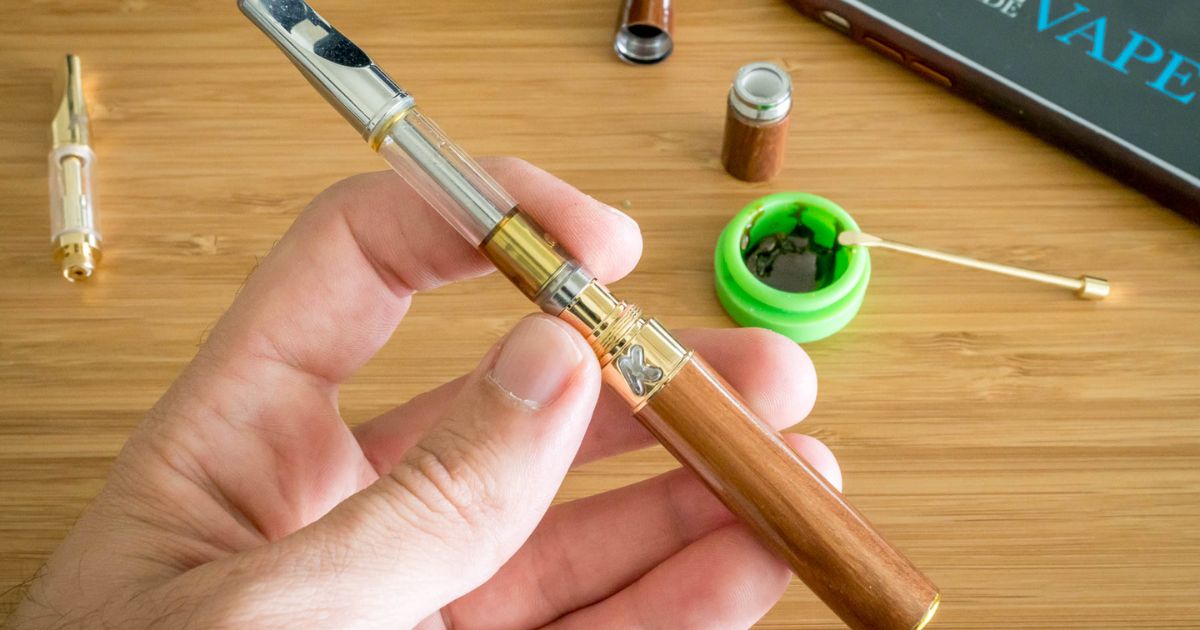In the realm of security and detection, the harmonious dance between metal detectors and various everyday objects can often leave us questioning their compatibility. One such object, the lighter, has captured our attention. Like an elusive melody that lingers in the air, we inquire if lighters emit a telltale beep when passing through metal detectors. Join us as we unravel the symphony of science and explore the intricate relationship between lighters and metal detectors, uncovering the truth behind this melodic mystery.
Key Takeaways
- Lighters do not typically cause metal detectors to beep due to their small metal content.
- Metal detectors are designed to detect larger metal objects that may pose a security risk.
- Lighters made of non-metallic materials such as plastic may not trigger the metal detector.
- The decision to allow lighters inside a concert venue ultimately rests with the event organizers and security personnel.
Lighter and Metal Detector Interaction
When a lighter is passed through a metal detector, it does not typically cause the detector to beep due to its small metal content. Metal detectors are designed to detect larger metal objects that may pose a security risk, such as weapons or large amounts of metal. Lighters, on the other hand, are usually made of plastic or have minimal metal components, such as the ignition mechanism. Therefore, they do not generate a strong enough signal to trigger the detector. However, it is important to note that some lighters, particularly novelty lighters, may contain more metal and could potentially set off a metal detector. In the next section, we will explore the different types of lighters and their potential impact on metal detector screenings.
Different Types of Lighters
Continuing the discussion from the previous subtopic, let us delve into the various types of lighters and their implications in metal detector screenings. Lighters come in different forms, each with its own characteristics and potential impact on metal detectors. The most common type is the disposable lighter, which is made of plastic and contains a small amount of butane gas. These lighters are usually not detected by metal detectors as they do not contain enough metal to trigger an alarm. However, some disposable lighters may have metal components, such as the igniter, which could potentially set off the metal detector. On the other hand, refillable lighters, which have metal casings and a larger amount of butane gas, are more likely to be detected by metal detectors due to their higher metal content. It is important to note that the sensitivity of metal detectors can vary, so it is always best to follow the guidelines of the specific screening facility when it comes to lighters and metal detector screenings.
Sneaking a Lighter Through a Metal Detector
Lighters can potentially be sneaked through metal detectors, depending on their composition and the sensitivity of the metal detector. Here are five factors to consider when attempting to sneak a lighter through a metal detector:
- Size: Smaller lighters are easier to conceal and less likely to be detected.
- Material: Some lighters are made of non-metallic materials such as plastic, which may not trigger the metal detector.
- Design: Lighters with a minimal metal component or hidden metal parts are less likely to set off the metal detector.
- Placement: Hiding the lighter in a pocket with other metallic items or in a bag with multiple objects can help mask its presence.
- Operator skill: The effectiveness of sneaking a lighter through a metal detector also depends on the operator’s attention to detail and proficiency in using the equipment.
Keep in mind that attempting to bypass security measures is against the rules and can have serious consequences. Always comply with security protocols and regulations.
Lighters and Metal Detectors at Concerts
Metal detectors at concerts may detect lighters depending on their composition and the sensitivity of the metal detector. Concertgoers should be aware that attempting to bring a lighter into a venue with a metal detector may have consequences, as these devices are designed to identify various types of metals. In particular, lighters, being predominantly composed of metal, stand a high chance of being detected by the metal detectors at concerts. It’s crucial to recognize the potential risks associated with trying to bring items like lighters into such venues, where detectors detect glass and other materials, ensuring a safe and enjoyable experience for everyone attending.
While some concert venues may allow lighters inside, it is important to note that this decision ultimately rests with the event organizers and security personnel. In recent years, many venues have implemented strict security measures to ensure the safety of attendees. This includes the use of metal detectors to prevent the entry of prohibited items, such as weapons and other potential hazards.
To avoid any inconvenience or disappointment, it is advisable to familiarize oneself with the specific rules and regulations of the concert venue beforehand. This can usually be found on the venue’s website or by contacting their customer service. By adhering to these guidelines, concertgoers can help create a safe and enjoyable experience for everyone in attendance.
Understanding Walk-through Metal Detectors
Walk-through metal detectors play a crucial role in enhancing security measures at concert venues, effectively detecting various items including lighters. These detectors are designed to identify any metallic object that could potentially pose a threat to the safety of concert-goers. Here are five key features of walk-through metal detectors:
- Sensitivity levels can be adjusted to detect different sizes of metallic objects, ensuring accurate and reliable results.
- Advanced technology enables these detectors to discriminate between harmless items like coins and keys, and potentially dangerous objects such as weapons.
- Multiple detection zones allow for precise identification of the location on the person where a metallic object is concealed.
- Some walk-through metal detectors are equipped with additional features like body heat detection, which can help identify concealed items that may not be metallic.
- These detectors are designed to be user-friendly, with easy-to-understand instructions and intuitive interface, ensuring a smooth and efficient screening process.
Understanding the functionality and capabilities of walk-through metal detectors is essential in order to comprehend how they interact with different objects, such as the metal components in vape pens.
Metal Components in Vape Pens and Metal Detectors
Continuing the discussion from the previous subtopic, it is important to examine the interaction between metal components in vape pens and walk-through metal detectors. Vape pens, also known as e-cigarettes, are becoming increasingly popular, and many individuals wonder if they will set off metal detectors. The answer depends on the specific vape pen and the sensitivity of the metal detector. Vape pens typically contain several metal components, including the battery, heating coil, and outer casing. While these components are usually made of stainless steel or other non-magnetic metals, they can still trigger a metal detector if they are large or dense enough. To provide a clearer understanding, consider the following table that illustrates the interaction between metal components in vape pens and walk-through metal detectors:
| Metal Component | Interaction with Metal Detector |
|---|---|
| Battery | May trigger the metal detector |
| Heating Coil | May trigger the metal detector |
| Outer Casing | May trigger the metal detector |
It is important to note that the response of a metal detector can vary depending on its sensitivity settings and the specific design of the vape pen. Therefore, it is advisable to consult with the security personnel or follow the guidelines provided by the facility before attempting to pass through a metal detector with a vape pen.
Taking Vape Juice on a Plane
When traveling by plane, it is important to understand the regulations and restrictions regarding the transportation of vape juice. Here are some key points to keep in mind when carrying vape juice on a plane:
- Check the airline’s policy: Different airlines may have different rules regarding the transportation of vape juice. It is crucial to check the specific guidelines of the airline you are flying with before packing vape juice in your carry-on or checked luggage.
- Size restrictions: Most airlines have limitations on the size of liquids that can be carried in carry-on bags. Vape juice bottles should typically be in containers of 3.4 ounces (100 ml) or less, and all containers should fit comfortably in a clear, quart-sized bag.
- Security screening: Vape juice, like other liquids, must go through the security screening process. Ensure that the containers are easily accessible and properly packed to expedite the screening process.
- Additional restrictions: Some countries or airports may have additional restrictions on the transportation of vape juice. Research the specific regulations of your destination to avoid any issues.
- Safety precautions: To prevent leakage during the flight, ensure that the vape juice bottles are tightly sealed and placed in a leak-proof bag.
Sneaking a Vape Pen on a Plane
Building upon the regulations and restrictions discussed earlier, it is important to address the issue of attempting to clandestinely bring a vape pen onto a plane. Sneaking a vape pen onto a plane is not only against the rules but also poses potential safety risks. To discourage such behavior, airports and airlines have implemented strict security measures. Here is a table outlining the consequences of attempting to bring a vape pen on a plane:
| Consequences | Description |
|---|---|
| Confiscation of Vape Pen | If caught, the vape pen will be confiscated by airport security. |
| Possible Fines | In some cases, individuals may face fines for attempting to bring prohibited items on board. |
| Denial of Boarding | If caught with a vape pen, passengers may be denied boarding the flight. |
Attempting to sneak a vape pen onto a plane is not only a violation of regulations but can also result in severe penalties. Therefore, it is crucial to be aware of TSA regulations for vapes and age restrictions, which will be discussed in the following section.
TSA Regulations for Vapes and Age Restrictions
To ensure safety and compliance with regulations, it is essential to understand the TSA regulations for vapes and the age restrictions associated with their transportation. Here are some key points to consider:
- Vapes and e-cigarettes are allowed in carry-on bags but are prohibited in checked bags due to the risk of fire.
- When bringing vapes on board, they must be removed from the carry-on bag and placed in a separate bin during the security screening process.
- The liquid containers for vapes must adhere to the 3-1-1 liquids rule, which means they must be in containers of 3.4 ounces (100 milliliters) or less and placed in a clear, quart-sized bag.
- The legal age to possess and transport vapes varies by country and state. In the United States, the legal age is 21.
- The TSA recommends checking with your airline for any additional restrictions or guidelines regarding the transportation of vapes.
FAQ’s
Can metal detectors detect a lighter?
Yes, metal detectors can detect a lighter since lighters typically contain metal components, such as the ignition mechanism and casing.
What Cannot be detected by a metal detector?
“Non-metallic objects such as plastic, wood, and certain liquids cannot be detected by a metal detector.”
What will set off a metal detector?
Metal detectors are triggered by the presence of metal objects, such as keys, coins, jewelry, or electronic devices, causing an alert.
Conclusion
In conclusion, the interaction between lighters and metal detectors can vary depending on the type of lighter and the sensitivity of the metal detector. Sneaking a lighter through a metal detector can be challenging but not impossible. Similarly, vape pens with metal components may or may not set off metal detectors. When it comes to traveling with vape pens, it is important to be aware of TSA regulations and age restrictions. So, tread cautiously and stay informed to avoid any hiccups while passing through metal detectors.













